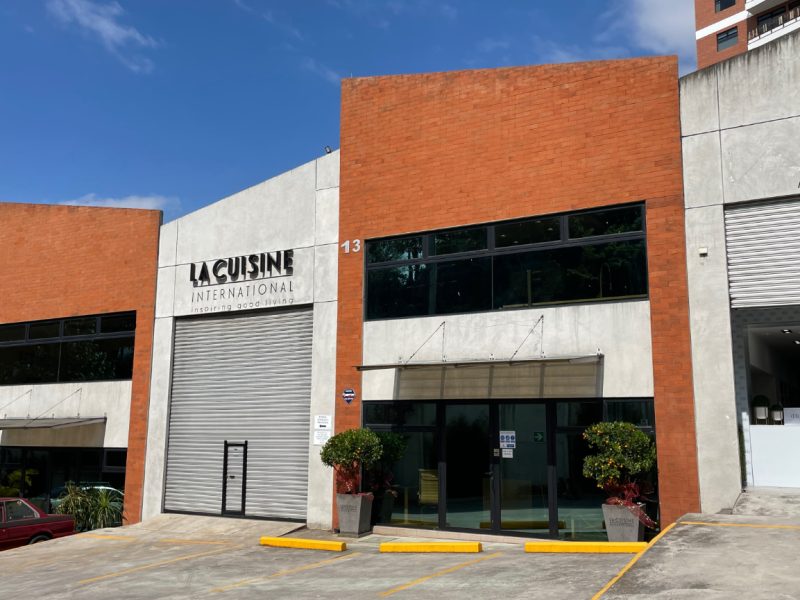
Our Company
Locations
Contact Us
Newsletter
Sign up to receive email updates on the latest products, collections and campaigns.
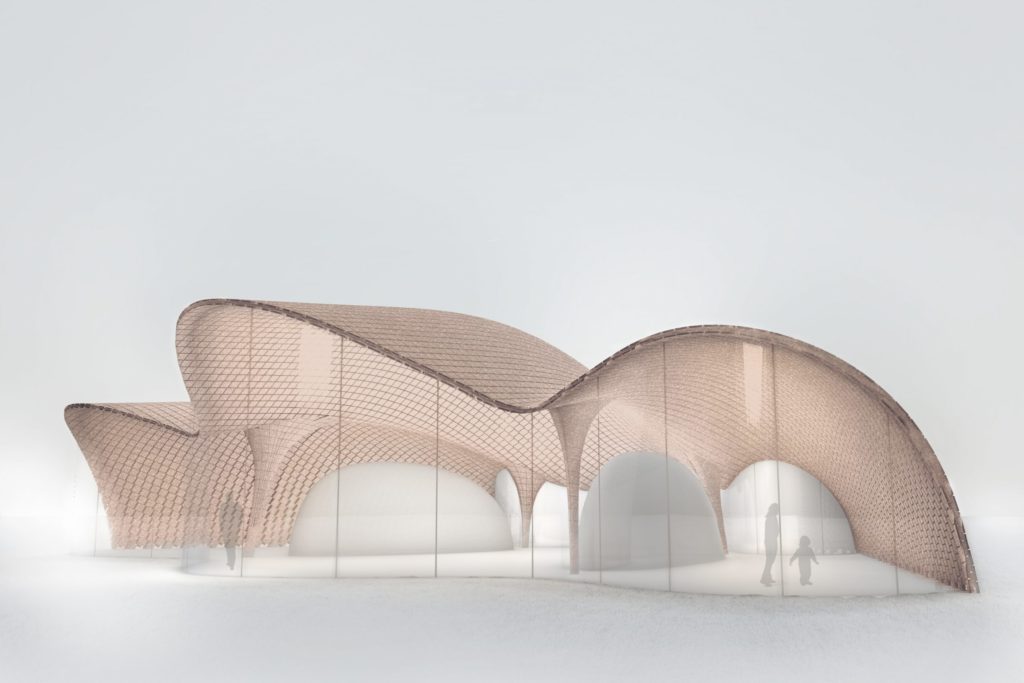
The answer to the environmental damage caused by humanity for centuries is in nature itself. Biomimicry is the solution that scientists, designers and architects have found as a sustainable way to develop new technology and use it to heal and restore the environment, while providing modernism and quality of life to humans (see The new architectural boom: buildings in harmony with nature).
The bet is quite ambitious: to use natural materials and replicate cellular models of living beings to produce new structures that are kinder to the environment and also cheaper.
Biomimicry relieves the world
According to the Biomimicry Institute, Biomimicry “offers an empathetic, interconnected understanding of how life works and ultimately where we fit in.(…) The goal is to create products, processes, and policies -new ways of living- that solve our greatest design challenges sustainably and in solidarity with all life on earth.”
A novel approach whose model is the first and most efficient architect in history: nature. The purpose of Biomimicry is to recreate the structure of living bodies, based on the microscopic study of their skeletons or organs, trying to learn from them how to maximize the use of materials and shapes to create smart buildings, which instead of causing harm, help heal the environment.
A remarkable example of this “new way of building” is The Abalone House. A conceptual house based on the shell of Abalone whose roof is intended to be built with bricks made of atmospheric coal.
Exploration Architecture is the studio responsible for these designs, and in that regard they suggest that it may be a solution to reduce the carbon footprint and transform this waste into a reliable material.
Printed bones and shells
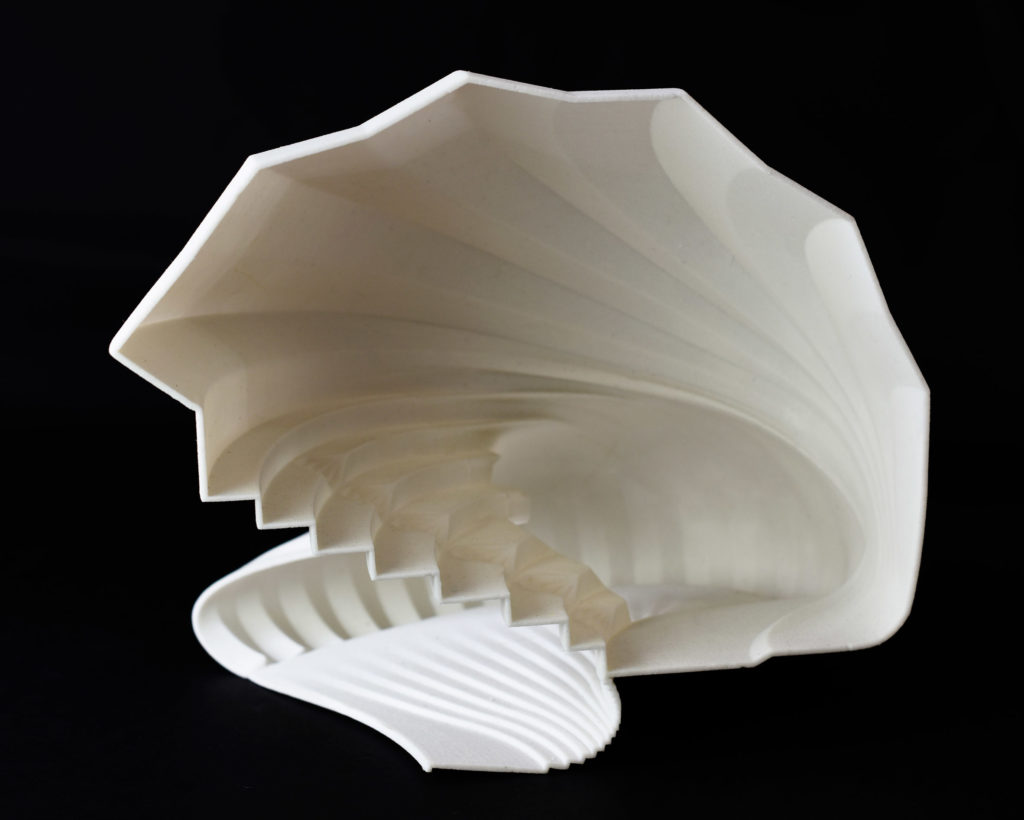
To replicate a snail shell or the skeleton of a bird and use them as construction models, Biomimicry uses 3D printing. This resource is revolutionizing architecture and seems to have opened an infinite portal in terms of creativity and new options.
The second tool is certainly digital design. The designers and architects of Exploration Architecture use several programs to recreate these structures and adapt them to everyday use.
Such is the case with the Biorock Pavilion. A snail-shaped structure, which also copies the curves of some mathematical models, that can apparently be “harvested” underwater. The building that could be used as an amphitheater, will be built on a network of very thin metal rods forming a skeleton with the required shape. This foundation will be submerged in a mineral solution, which will then undergo electrodeposition.
In the same way as the precipitates can be seen growing in a chemical laboratory, an electric current will travel through the structure causing the minerals to calcify forming the “bone” that will complete the structure. All that without exploiting any resources from nature, without polluting and without leaving waste. A work of art and architecture cultivated in water.
Preventing damage is mediocre
According to the ethics of Biomimicry, settling for preventing the damage and degradation of the planet is a mediocre posture. The goal of Biomimicry goes beyond that. Why settle for avoiding harm if we can heal what has been affected?
In this way, Biomimicry focuses on using technology to improve the ecosystem and reduce the effect of climate change quickly. Initiatives such as building using the carbon emitted by industries, capture the plastic that pollutes rivers before it reaches the ocean emulating the shape of stingrays, and a proposal for the management of city wastewater based on the behavior of superorganisms, among other alternatives, demonstrate that we are witnessing a trend that expands the boundaries of architecture to become a multidisciplinary and real option that can support ecology in its efforts to have a better planet.

Sign up to receive email updates on the latest products, collections and campaigns.
Carrera 9 Nº80-45
Bogotá D.C., Colombia
Monday to Friday: 11:00 a.m. - 07:00 p.m.
Saturday: 11:00 a.m. - 06:00 p.m.
(+571) 432.7408/7493
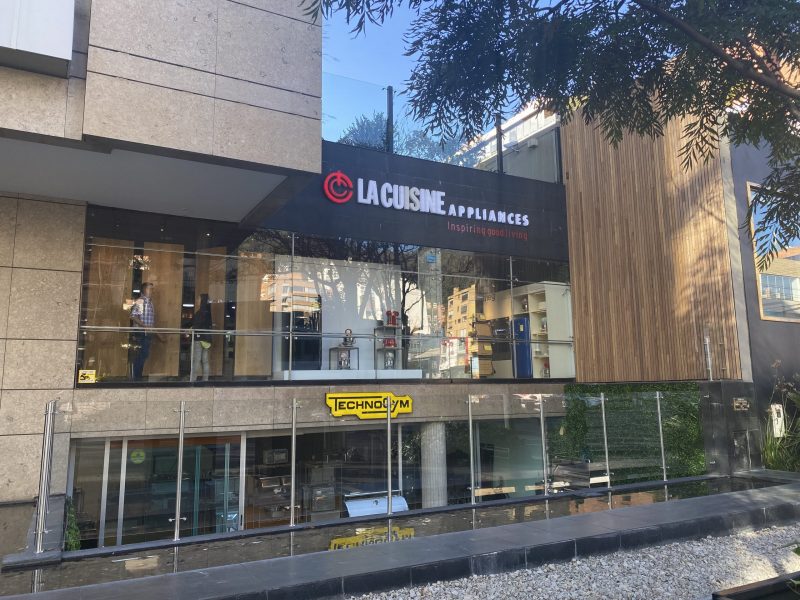
Calle 77 #72-37
Barranquilla, Colombia
Monday to Friday: 08:00 a.m. - 06:00 p.m.
Saturday: 09:00 a.m. - 01:00 p.m.
(+57) 605 352 0851
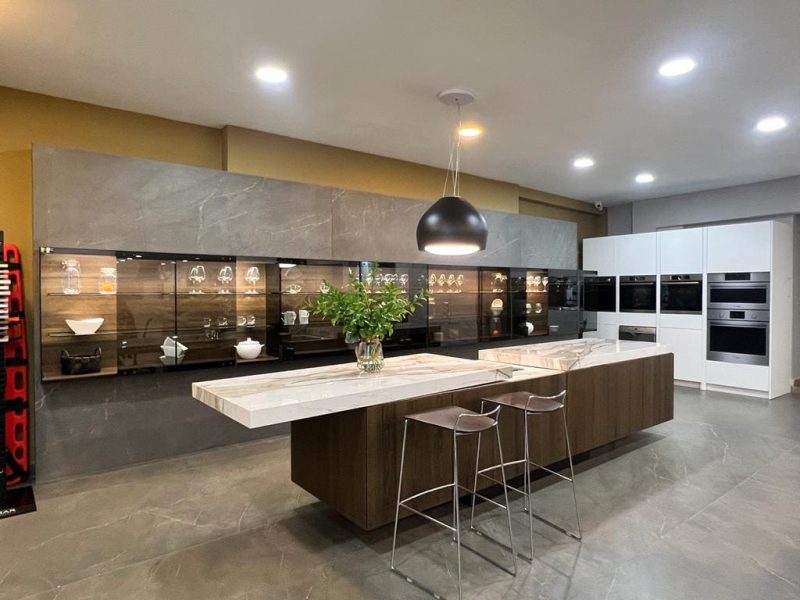
Edificio La Cuisine
Costado Suroeste, C.C. La Paco
Escazú, Costa Rica
Monday to Friday: 09:00 a.m. - 05:00 p.m.
Saturday: 10:00 a.m. - 04:00 p.m.
(+506) 4000.3555
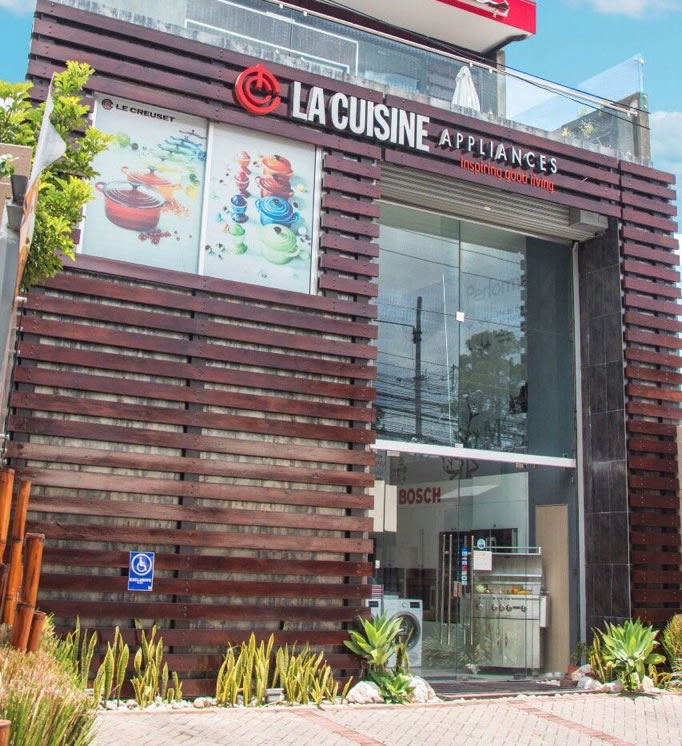
Galerías de Puntacana No. 51
Punta Cana, La Altagracia, R.D.
Monday to Friday: 09:00 a.m. - 06:00 p.m.
Saturday: 10:00 a.m. - 01:00 p.m.
(809) 378.9999
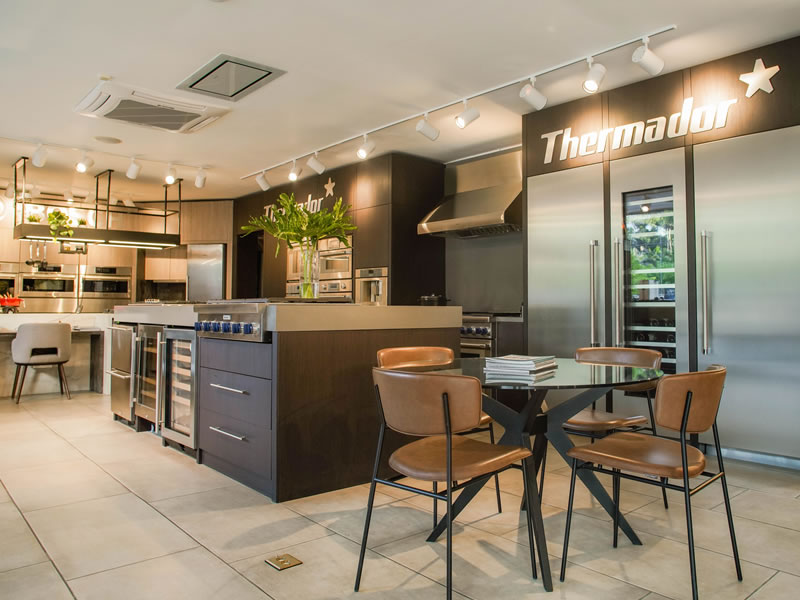
C/Rafael Augusto Sánchez No.22,
Piantini, Santo Domingo, R.D.
Monday to Friday: 09:00 a.m. - 06:00 p.m.
Saturday: 09:00 a.m. - 01:00 p.m.
(809) 378.9999
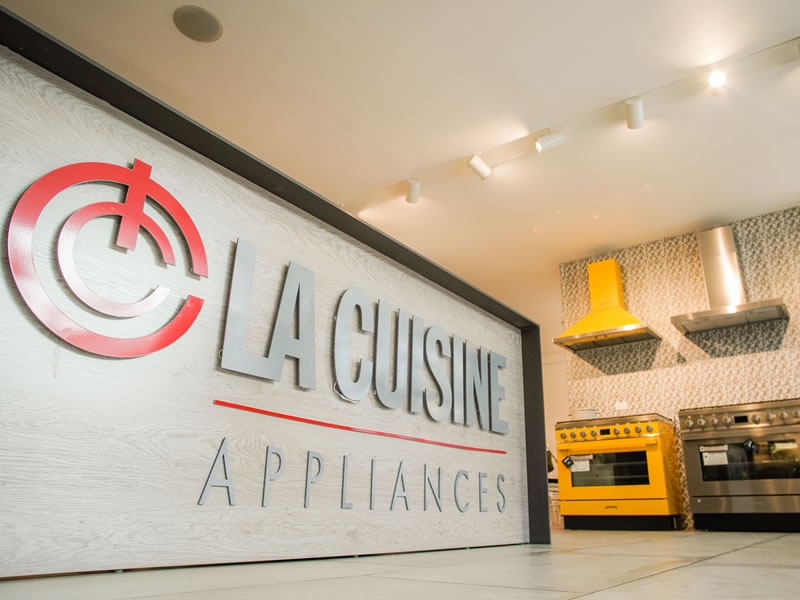
18187 Biscayne Bvld., Aventura
FL 33160
Monday to Friday: 10:00 a.m. - 06:00 p.m.
Saturdays by appointment.
(786) 322 5432
www.lacuisineappliances.com
sales@lacuisineappliances.com
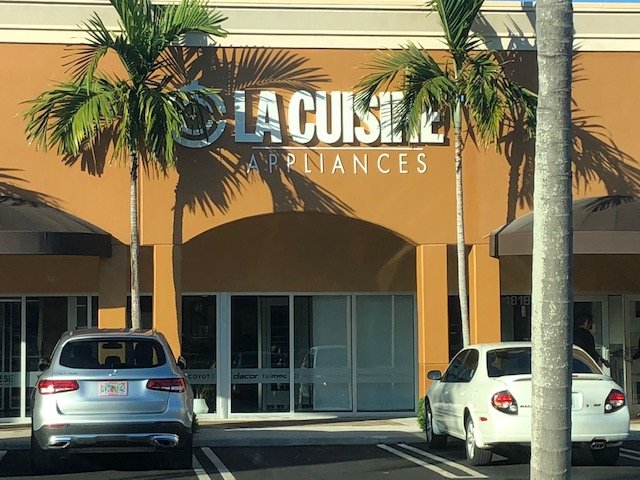
3232 Coral Way,
Miami FL 33145
Monday to Friday: 10:00 a.m. - 06:00 p.m.
Saturday: 10:00 a.m. - 03:00 p.m
(305) 442-9006
www.lacuisineappliances.com
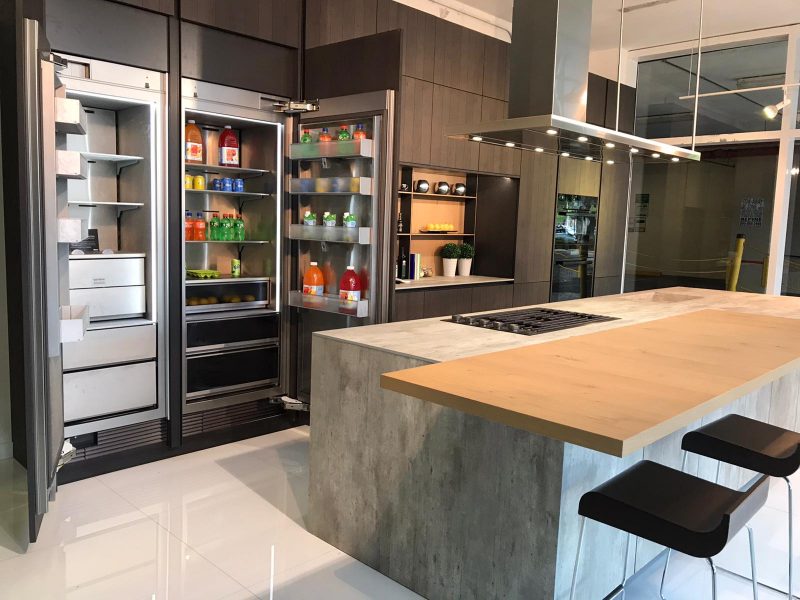
2005 NW 115th Avenue
Miami, FL 33172
Monday to Friday: 09:00 a.m. - 05:30 p.m.
Saturday: Closed
(+1) 305 418.0010
info@lacuisineinternational.com
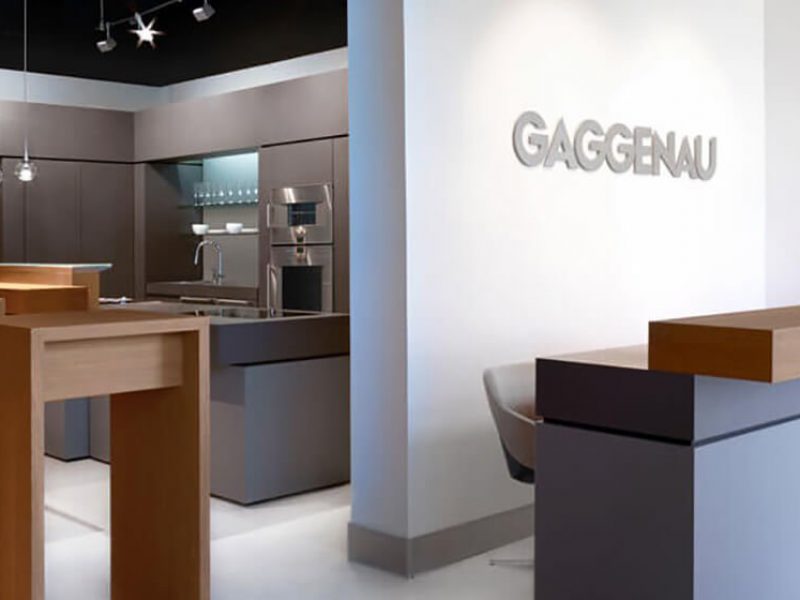
Obarrio. Av. Samuel Lewis,
Addison House Plaza,
Local No.11, Panamá
Monday to Friday: 09:00 a.m. - 06:00 p.m.
Saturday: 10:00 a.m. - 04:00 p.m.
(+507) 265.2546/2547
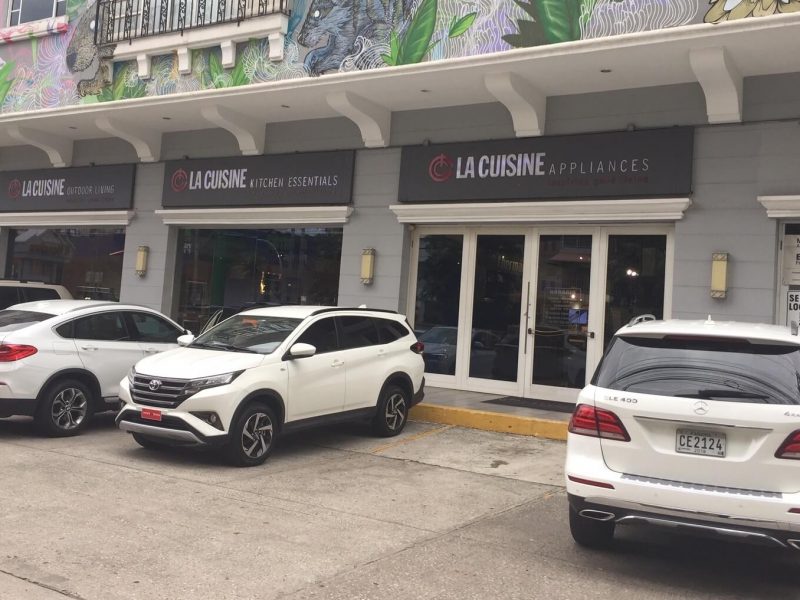
Av. Caminos del Inca 1603,
Santiago de Surco, Perú
Monday to Friday: 10:00 a.m. – 07:00 p.m.
Saturday: 10:00 a.m. – 01:00 p.m.
(+511) 637.7087

Centro Comercial San Ignacio, Nivel C, local No.5
Caracas, Venezuela
Monday to Saturday: 10:00 a.m. – 07:00 p.m.
(+58) 212 264.5252
(+58) 414 018.5352 (Wholesale)
ventas@lacuisineappliances.com
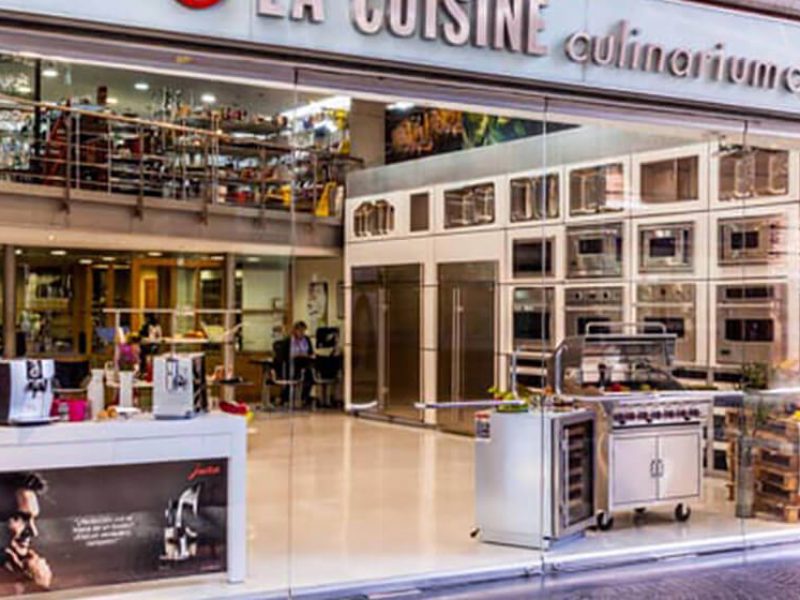
Complejo Pradera Ofibodegas No.13,
20 calle final Z. 10 Km. 6.8 Carretera a Muxbal,
Santa Catarina Pínula, Guatemala
Monday to Friday: 08:00 a.m. - 05:30 p.m.
Saturday: 09:00 a.m. - 12:30 p.m.
(+502) 6671-3400
